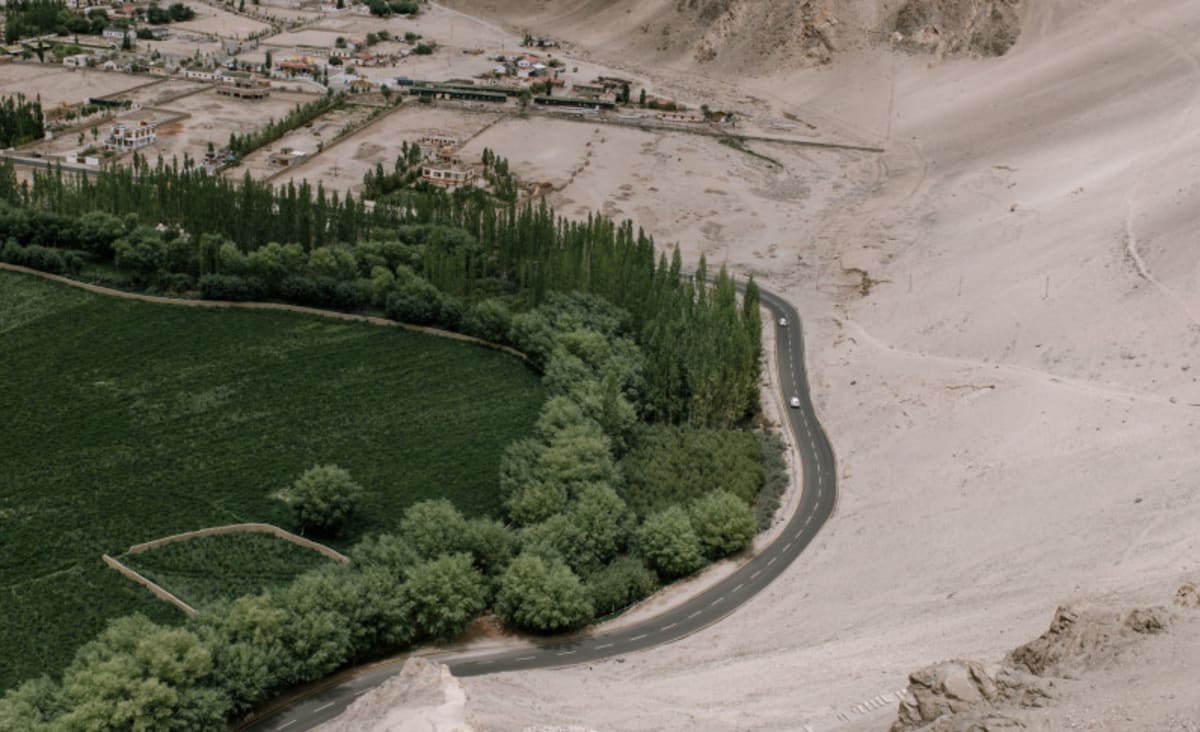
interestingengineering.com
How Is China Turning Deserts Into Arable Lands?
Imagine if all the drylands in the world got converted into lush green forests.
Science & Tech
A report from the UN reveals that drylands, including vast areas of desert, cover 41.3% of Earth’s total land area. What if large amounts of this land could be converted into fertile ground capable of producing crops? This is a particularly important question in China, which has a total land area of 3.5 million square miles, but only 12% of which is arable.
In 2016, researchers from China’s Chongqing Jiaotong University claimed to have developed a novel technology that can convert desert to arable land.
At first glance, the idea of converting deserts into farmlands seems beneficial to agriculture, the economy, reforestation, and natural resource management. However, the impact of converting desert and grassland to arable land could have large-scale repercussions on the Earth’s climate, biodiversity, and overall ecological balance.
The technology developed by the researchers at Chongqing Jiaotong University involves a paste made from plant cellulose, that can greatly improve the ability of desert sands to hold water, minerals, air, microbes, and nutrients essential for plant growth.
This paste was applied to a sandy 1.6-hectare plot in the Ulan Buh Desert, in the Mongolian Autonomous Region. Over time, the plot was transformed into fertile cropland capable of producing tomatoes, rice, watermelon, sunflowers, and corn.
Professor Yang Qingguo, of Jiaotong University, explained that “The costs of artificial materials and machines for transforming sand into the soil is lower compared with controlled environmental agriculture and reclamation”
According to the Chinese researchers, the plants grown in the sandy plot delivered higher crop yields, using the same amount of water needed for growing crops in normally arable soils. Moreover, the amount of fertilizer needed to produce the crops was lower than what is generally required for the growth of vegetables in other soils.
This research was conducted by scientists Yi Zhijian and Zhao Chaohua, and their results were published in 2016 in the English language journal Engineering, which is released by the Chinese Academy of Engineering (CAE). The technique undertaken by the researchers was also presented at the United Nations Convention to Combat Desertification (UNCCD), an initiative begun in 1994, with the aim of stopping the advance of desertification by 2030 through the use of global cooperation and long-term strategies.
























































